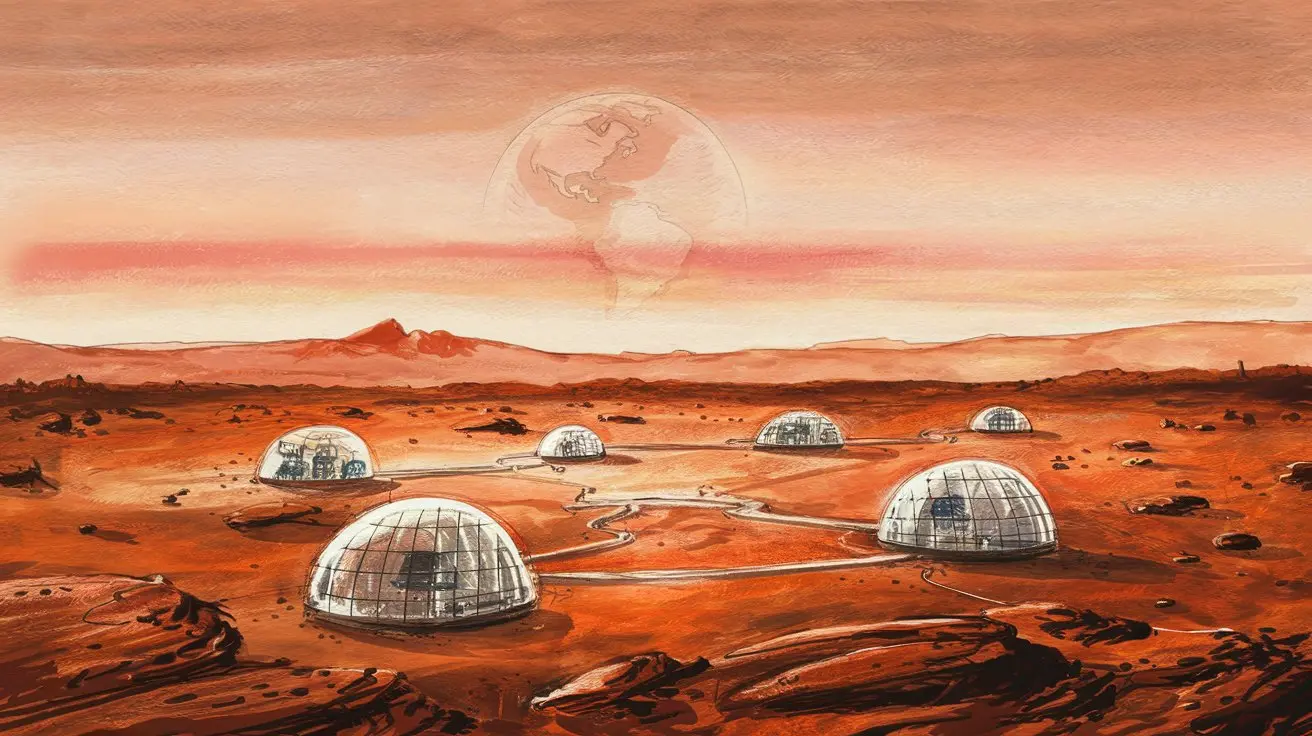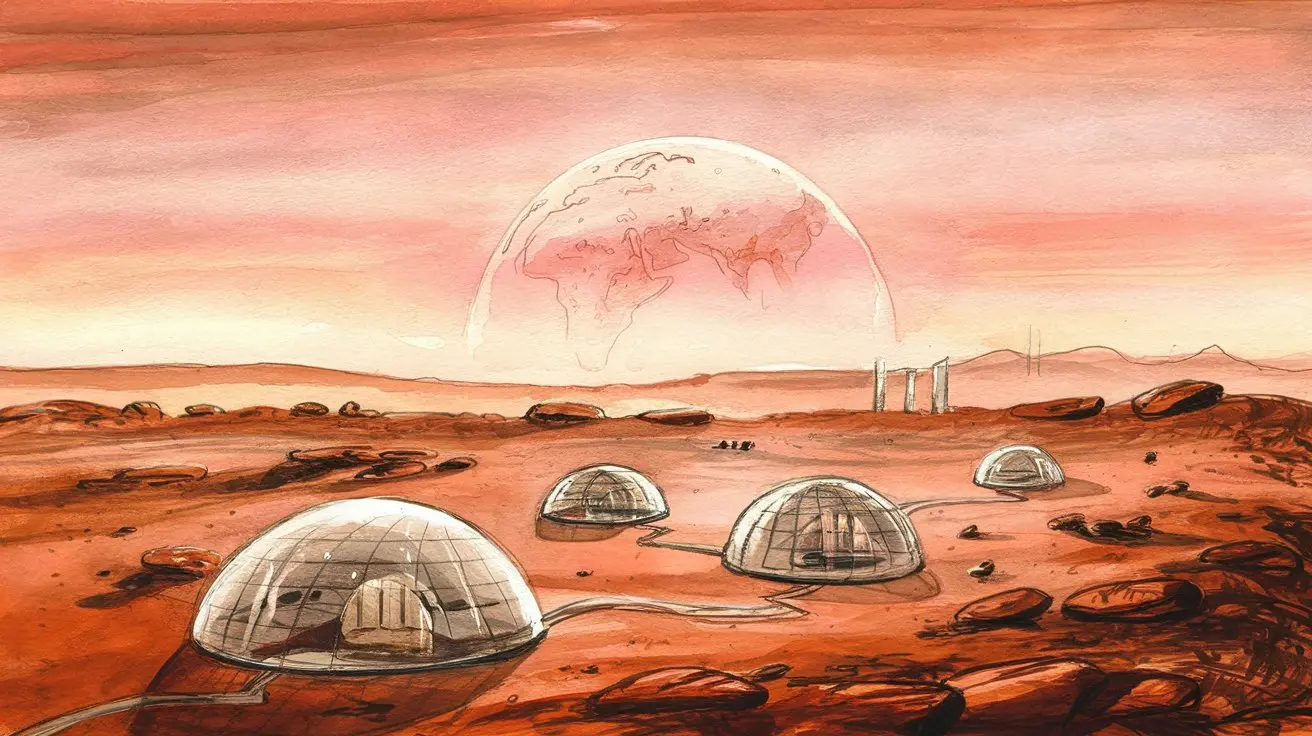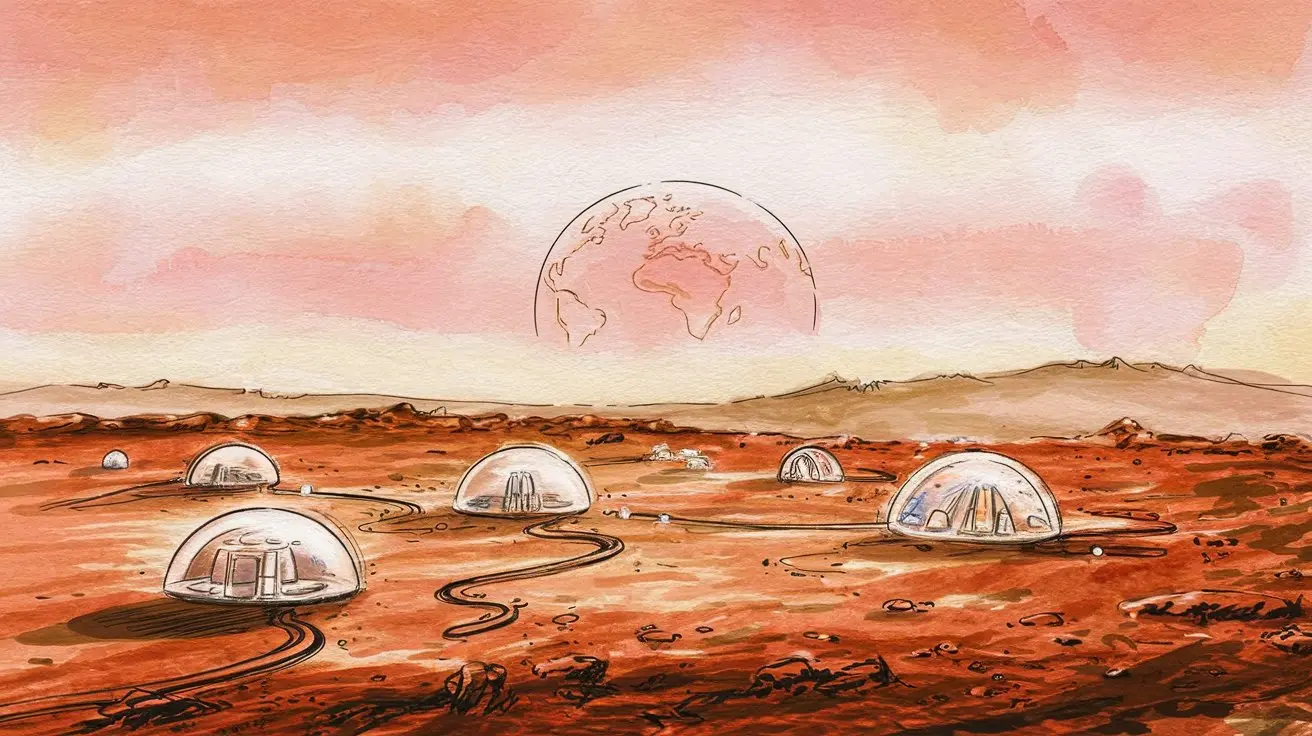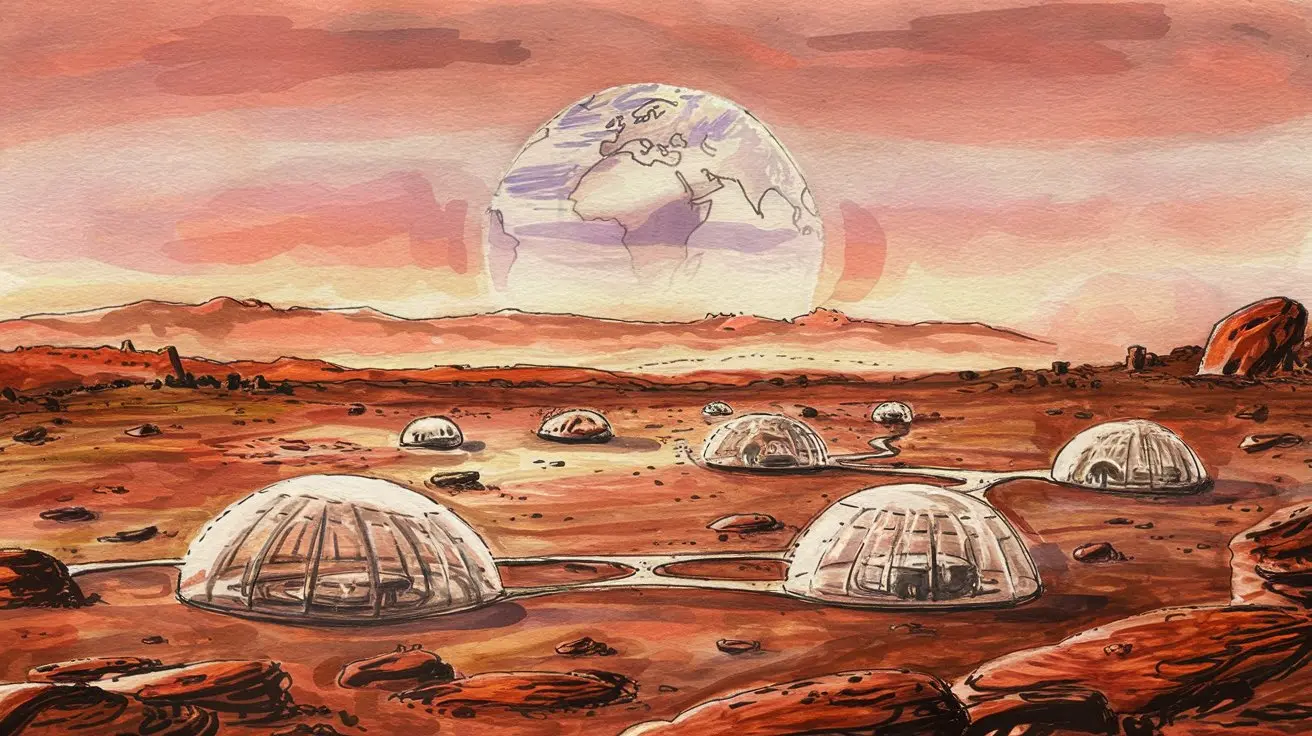Disclaimer:
This is an imaginative scenario based on current technological trends and scientific knowledge. Living on Mars remains a challenging goal, and while achievable, it requires significant advancements and preparations.
If we could live on Mars in our lifetime, it would open up a whole new world for humanity. Mars has been a source of fascination and inspiration for centuries, and in recent years, advancements in technology have brought the dream of living there closer to reality. Here’s a look at what that could mean for us and what life on Mars might be like:
1. The Journey and Arrival
Traveling to Mars isn’t like hopping on a plane. It would take around six to nine months to reach the Red Planet, depending on its position relative to Earth. Long-term space travel brings its own challenges, including the psychological strain of isolation, exposure to cosmic radiation, and physical effects from months in low gravity. Overcoming these challenges would require advanced spacecraft with shielding, artificial gravity, and perhaps even onboard hydroponic gardens to provide fresh food and oxygen.
Upon arrival, the first Martian settlers would encounter an environment that’s incredibly harsh: Mars has thin, mostly carbon dioxide-rich air, temperatures that often plummet below -80°F (-62°C), and dust storms that can last for weeks or months. The journey and arrival would mark the beginning of the biggest human adventure in history.
2. Building Habitats
On Mars, there’s no breathable air, so living there would require specially designed habitats. Early Martian homes might look like domes or underground bunkers to protect against radiation. These shelters would be tightly controlled environments where oxygen, temperature, and humidity could be carefully managed. To build these habitats, we might rely on materials from Earth initially, but over time, we would likely use Martian resources—like making concrete from Martian soil or extracting water from underground ice deposits.
Living in these habitats would mean adapting to a confined space lifestyle. Solar panels would provide electricity, and hydroponic or aeroponic gardens could grow fresh food. These self-sustaining systems would allow settlers to live with minimal supply runs from Earth, relying on recycling and resource management for long-term survival.
3. Daily Life on Mars
Life on Mars would feel very different from life on Earth. For starters, a Martian day is only slightly longer than an Earth day (24 hours and 39 minutes), but a Martian year is almost twice as long. Mars has weaker gravity than Earth, so simple tasks like walking or lifting would feel different, and we’d need to adjust physically over time.
Martian settlers would have limited access to fresh food and water, making sustainability essential. Researchers and settlers would spend their days monitoring equipment, growing food, and exploring nearby areas for resources. They’d also conduct scientific experiments to learn more about Mars and its potential to support long-term human life. Communication with Earth would be delayed by several minutes, making real-time conversations impossible, but settlers would still have access to messages, videos, and perhaps even live feeds from Earth.
4. Exploring the Martian Landscape
Mars offers an incredible landscape with enormous volcanoes, deep valleys, and vast plains of red dust. Settlers would explore this alien terrain in specially designed rovers or on foot in pressure suits. The experience of standing on Mars and looking up at a sky without an Earth-like atmosphere, with a tiny distant sun and Phobos and Deimos—Mars’ two small moons—would be breathtaking.
Beyond exploration, studying the Martian surface could help us understand the planet’s history and answer questions about whether life ever existed on Mars. This research could also offer insights into Earth’s past and future and the potential for life on other planets.
5. Building a Martian Society
As more people arrive on Mars, a unique society would emerge. This society would need to adapt to limited resources, high dependence on technology, and the challenges of isolation from Earth. Cultural norms might evolve differently due to the unique environment, and Martian settlers would likely develop strong teamwork and problem-solving skills.
Over time, as technology improves, Martian habitats could expand into small towns and eventually into self-sustaining cities. Education, entertainment, and health care would all need to adapt to fit Martian life. The first Martian generations might even develop distinct traditions and stories as they embrace their new planetary home.
6. Impact on Earth and Humanity’s Future
Successfully living on Mars would mark a monumental achievement in human history. It would show that we are not limited to Earth, opening up the possibility of exploring and settling other planets or moons in the future. The technology developed for Mars could also benefit Earth, as innovations in energy, recycling, and sustainable living would have practical applications back home.
Mars would be the first step toward making humanity a multi-planetary species. Living on another planet could change our perspective, reminding us of Earth’s beauty and fragility and possibly uniting people worldwide with the shared mission of exploring the cosmos.




What if we could live on Mars within our lifetime?